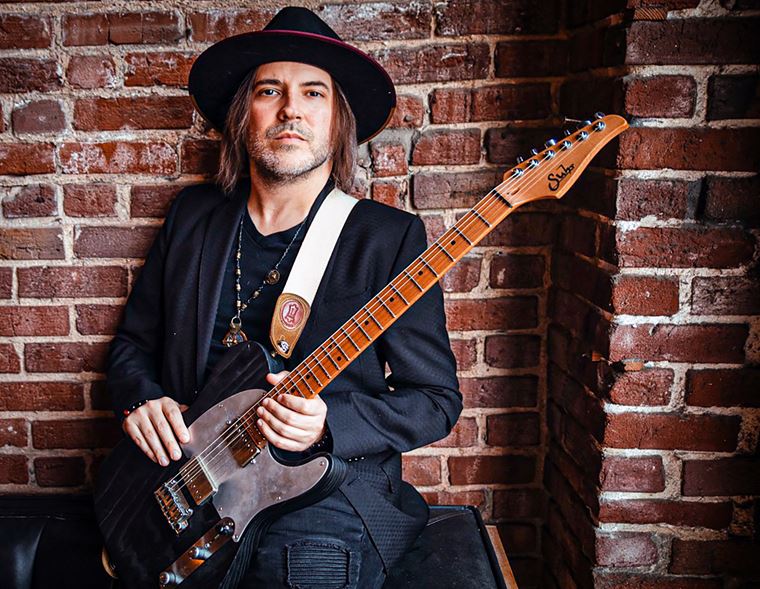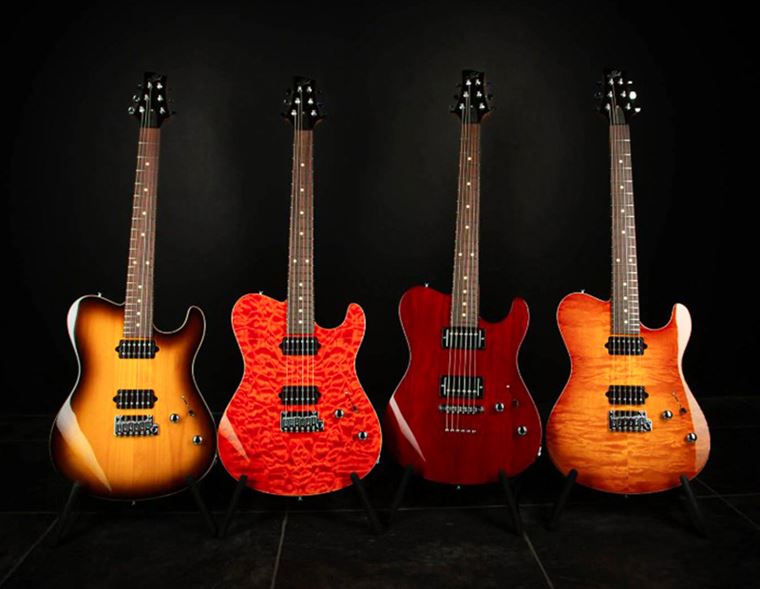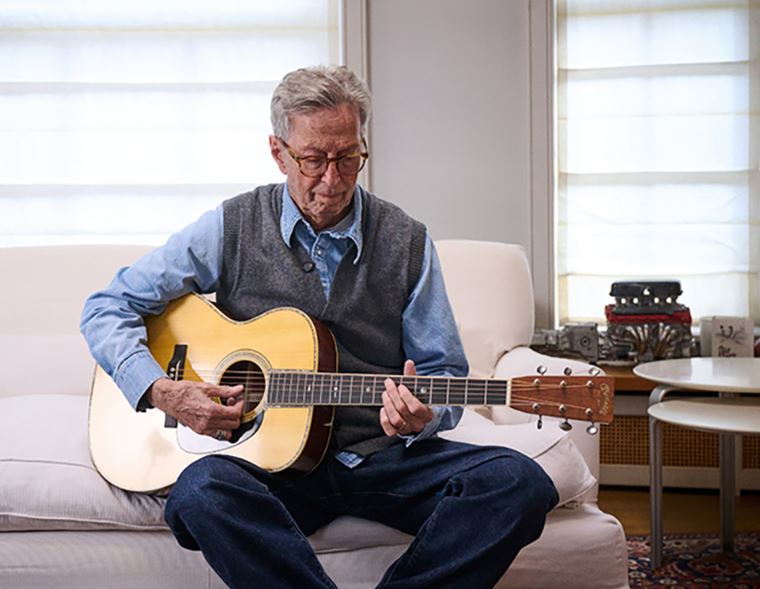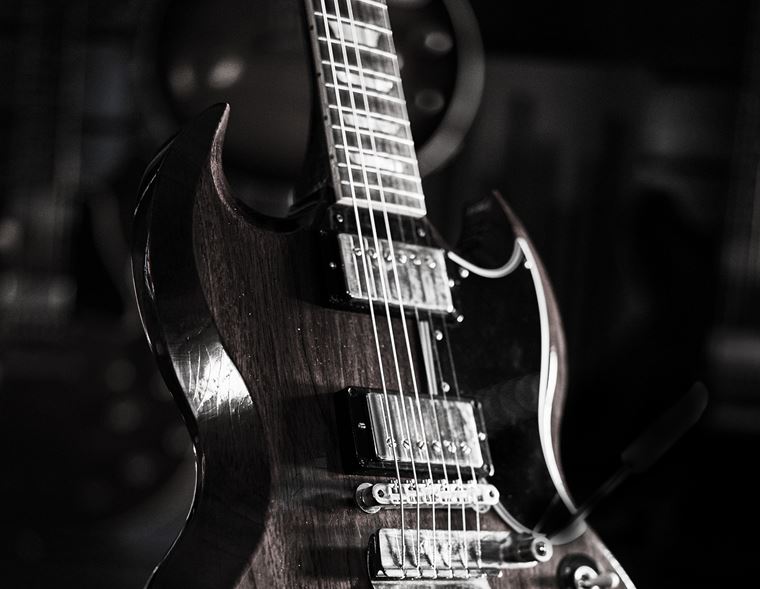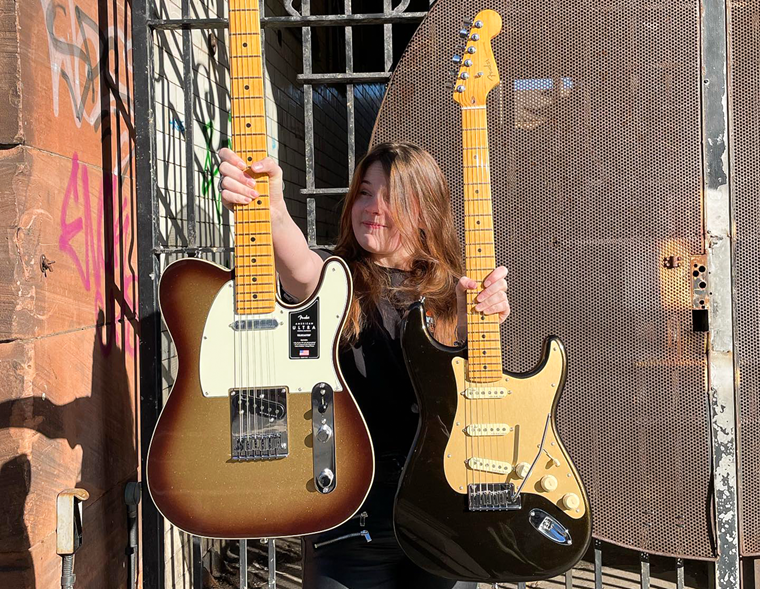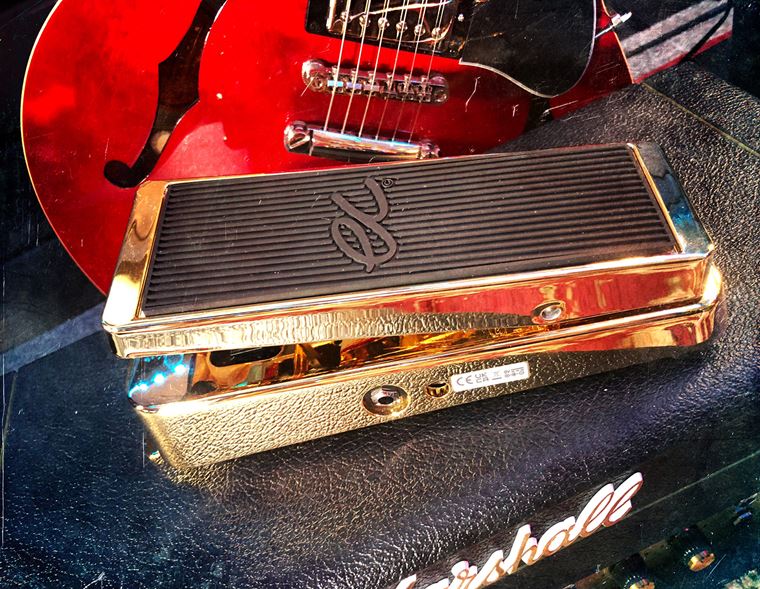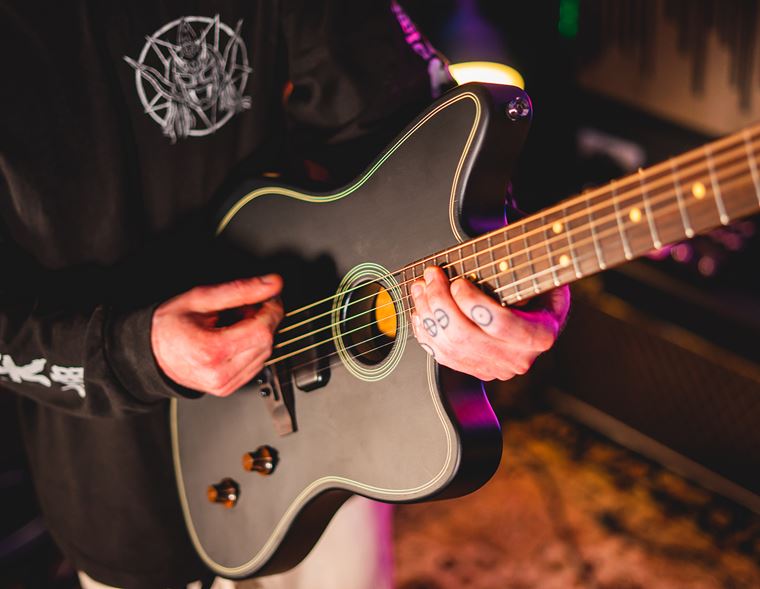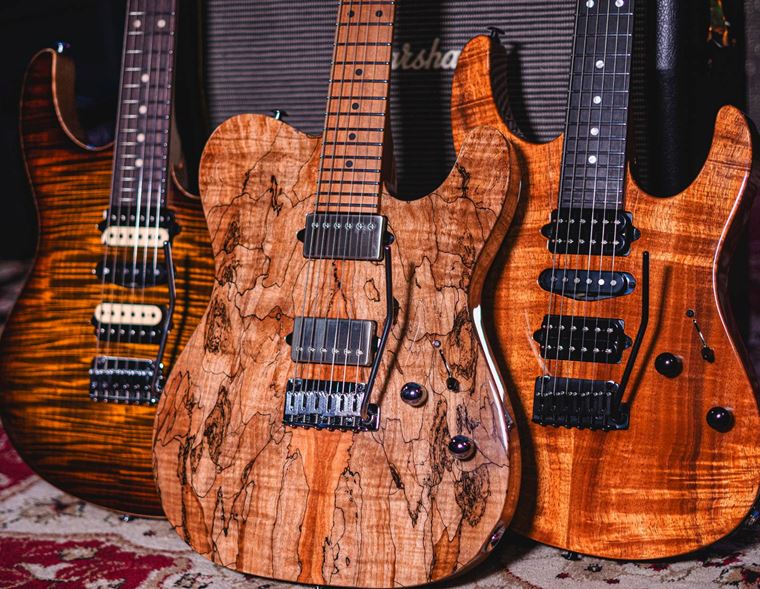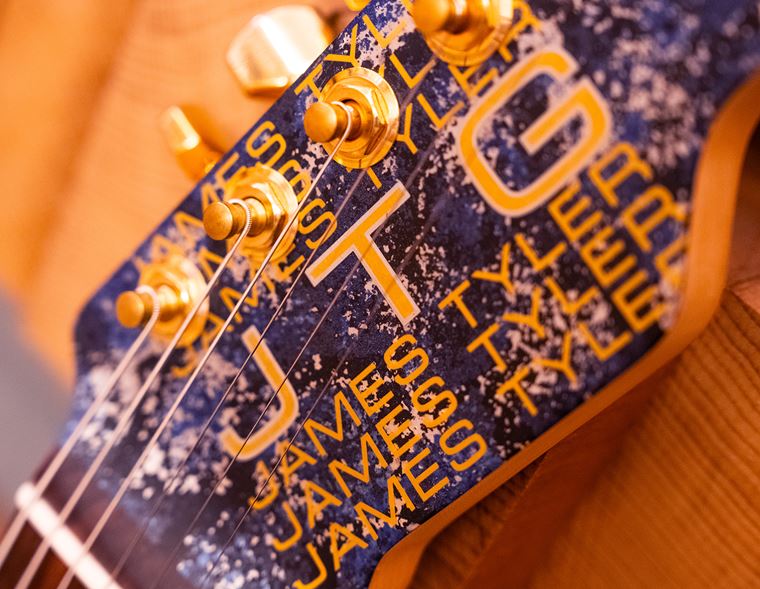4 Types of Microphones and Where to Start (Updated for October 2023)
There's no denying that microphones are a huge part of the music world. Whether it's for live music or in the studio, microphones play a massive role in the overall sound. From the sound of the singer you love to your favourite guitarist's tone, it's hard to deny a microphone's importance. But it can be hard to know how to make the right selection when choosing your first microphone: they all look so similar, and yet they have different categories, names, types...and just what is 'phantom power' anyway?
Worry not: I'm here to help! I've recorded with microphones in a variety of studios and situations for over twenty years, as well as selling mics to customers for years, too. In this easy guide, I'll hopefully arm you with the info you need to start making all the right decisions when it comes to selecting your first microphone. I'll fill you in on 4 key types of microphone, describe what they offer and talk about what instances and applications might suit each style best. Some mics are good at lots of things; some others are amazing at relatively few things. In this guide, we'll look at both! Are you with me?
Contents
- Dynamic Microphone
- Best Dynamic Microphones
- Condenser Microphone
- Best Condenser Microphones
- Ribbon Microphone
- Best Ribbon Microphones
- USB Microphone
- Best USB Microphones
- Summary

Dynamic Microphone
Dynamic microphones are the most popular mics around and they're definitely the most user-friendly. They are capable of capturing louder volumes without distorting. This makes them suitable for an extremely range of uses. Dynamic mics can be successfully pointed towards vocals, guitar amps, acoustics, drums and more, in both live and studio conditions.
One of the best examples of a dynamic microphone is Shure's SM58, known as the best selling microphone of all time! You've definitely seen this mic before: it's the go-to mic choice for almost all venues across the planet. The SM58 is most commonly used on vocals and is notable for its very dry sound (as opposed to capturing a lot of room noise) and acute 'cardioid' polar pattern (it focuses on a close area around the mic's head, ignoring everything else). These features make it ideal for use on stage, with a minimal chance of feedback. It is also great for recording at home where you're likely to have poor acoustics. Regardless of the venue you're in, if you're watching a singer, there's a high chance that they're using an SM58.
It's not all about vocals with dynamic mics. The SM58's sibling SM57 is another top-selling microphone. Regarded as the standard mic to use on guitar cabs, the SM57 is known as a Swiss Army Knife of a mic. It is loved by sound engineers for being extremely versatile. It sounds great on snare drums, vocals and a huge selection of acoustic instruments. If you don't know which microphone to use on a project, chances are if you use an SM57, it'll turn out good.
Although the '57 and '58 are the most popular dynamic mics, there are a few other microphones we think are great. Sontronics' great value for money Solo is one of the best live vocal microphones on the market.
As it's hard to go wrong with a dynamic, we recommend opting for one of these for your first microphone.
Dynamic Microphone Pros
- Easy to use
- Can be handheld
Dynamic Microphone Cons
- Can negatively colour the sound
Best Dynamic Microphones
Condenser Microphone
Condenser microphones are known for their ability to capture sound with great accuracy. They capture the source with a more 'true' and detailed representation of sound. Condensers are much more sensitive than dynamic microphones. This is achieved by supplying the capsule with a small amount of power, which in most cases is achieved with what's called 'Phantom Power'. Phantom Power is basically a little electrical current that comes from either the mixing desk or audio interface you're using, down the cable and into your microphone, bringing life to it just like Frankenstein's monster. It is generally activated via a button labelled "+48v". It's worth noting that Phantom Power will only work with an XLR to XLR cable, and if the mic uses phantom power, it needs to use phantom power: you can't use the mic without it.
A regular feature of recording studios, condenser microphones offer clarity and sensitivity. They thrive in controlled spaces, giving recordings the sheen that's expected from a pro recording. Although they do have their place on stage - and are commonly used for drum overheads and on acoustic string instruments - the extra sensitivity can make them prone to feeding back, and not in a cool guitar feedback way, either. This means stage use is generally reserved for experienced engineers.
There are many different types of condenser microphones. These can be selected for specific characteristics and uses. For example, large diaphragm condensers like Rode's NT12-A is commonly used for vocals and drum overheads. This is thanks to their very wide and even capture of sound (the 'large diaphragm' literally relates to the bigger size of the mic).
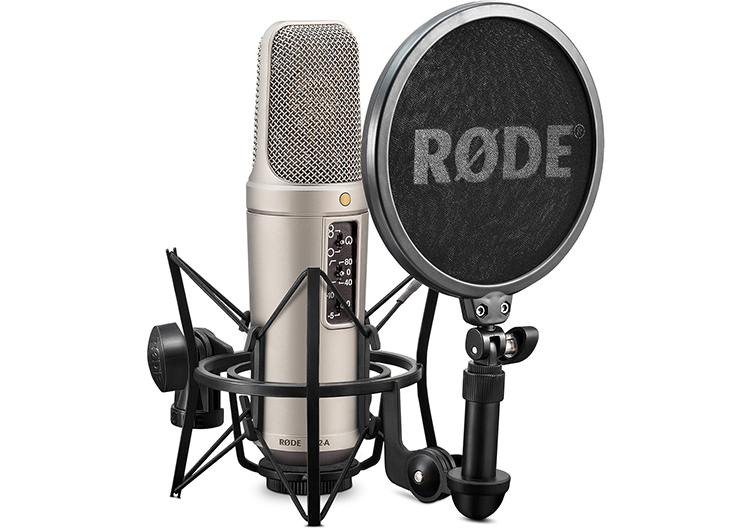
Pencil (aka small diaphragm) condensers like the Sontronics STC-1 and the Rode M5 Stereo Pair offer a very focused capture of sound. This makes them ideal for use on hi-hats and stringed instruments.
Other notable condenser mics are omni-directional, such as the Shure Beta 181/0. These record 360 degrees around the microphone, as opposed to the cardioid pickup pattern I mentioned earlier. Omni-directional mics are useful when recording multiple sources at once, like an orchestra or a band.
"Figure of 8" mics are another option. These record from the front and back of the microphone equally. Figure of 8 can be useful in interview situations. They are most commonly used in stereo microphone setups, for example, a "Mid Side" setup. This uses two different microphones to capture a detailed recording with a very wide stereo image. I'm including these details here for your reference and context, but my advice is not to worry so much about this extra stuff right now! That said, a rough understanding of 'polar patterns' is important. A polar pattern is the rough shape or area that a mic can pick up: the Figure 8, the cardioid pattern, all of those terms refer to a given mic's polar pattern.
There are also some studio microphones with variable polar patterns. Microphones like the Orpheus and Rode's K2 allow you to switch or blend between omnidirectional, cardioid and figure of 8 polar patterns. This really maximises the value you get from one these mics as they're extremely versatile.
Condenser Microphone Pros
- Can offer true sound replication
- Versatile
Condenser Microphone Cons
- Can highlight poor acoustics
- Sensitive to feedback and noise
Best Condenser Microphones
Ribbon Microphone
Ribbon microphones get their name from the thin ribbon-like sliver of metal that's suspended between the poles of a managed to capture the sound. They offer a slightly rounded off high end. This can make for a smoother and softer sound characteristic.
Ribbon mics can be very versatile. They are popular for use with vocals, orchestral instruments, drum and guitar amps. Due to the construction with a thin slip of metal as the capsule, this type of microphone will only work in a figure-8 pattern. However they are extremely directional on either side. As the ribbon can only move in 2 directions, anything off axis is simply not picked up.
Because ribbon mics were popular around the time of classic Motown and pop music, they can be used to achieve an authentic 'vintage' sound. It is worth noting, however, that it is essential to be aware of the sound pressure level that's reaching the microphone. If you don't use a pop shield with the microphone, your breath can actually damage the ribbon: they are that sensitive! Old style ribbon microphones are notable for having a relatively low signal. However, modern ribbons have an inbuilt preamp that takes phantom power to give a much more modern, clear tone.

A couple of our favourite ribbon microphones are from SE Electronics. The X1R is a tough, road-ready ribbon mic that can work as well with orchestras as they can with guitar cabs. SE also make the VR1 Voodoo passive and VR2 Voodoo Active ribbon mics, both of which allow a high level of detail.
If you already have a couple of microphones to select from, a ribbon microphone can be an excellent way to expand your sonic palette.
Ribbon Microphone Pros
- Distinctive tone
Ribbon Microphone Cons
- Sensitive and fragile
- Fixed figure-8 polar pattern
Best Ribbon Microphones
USB Microphone
USB Microphones are made for convenience. They are perfect for those who don't have an audio interface or recorder, or are looking for a convenient way to record to a computer when on the move.
USB microphones offer a simple and portable solution that can actually get you some surprisingly good results. These are generally condenser microphones (although dynamic variations do exist) with an audio interface built into the case, powered via USB. Simply connect your headphones to the mic and you're ready to record to your favourite software.

If you're on a budget and looking to record podcasts, voice-overs or singing on demo recordings, it could well be worth opting for a USB microphone. There is a growing selection of USB microphones from top brands like Shure, Rode and Sennheiser. These offer great sounding audio. If you're looking the simplest way possible to record sound to your computer, a USB microphone is one the easiest ways to achieve this. Do you want a good podcast mic? Try a Rode NT USB+.
USB Microphone Pros
- Easy to set up
- Affordable
USB Microphone Cons
- Can only be used with a computer
- Upgrading would require purchasing an audio interface and a microphone
Best USB Microphones
Summary
With microphones that are designed with one key job in mind to others that are suitable for all types of uses. It's clear that there's a lot of choices out there. In fact, it doesn't stop with these 4 types of microphone. As mentioned above, if you're new to recording, I think it's best to opt for a good dynamic mic, at least to begin with. The versatility and (generally) tough build means that you can use just one mic for a variety of applications.
That said, it really does depend on what you need your mic for! If you mainly record (as opposed to performing live), then you'd be well served with a good condenser microphone, since you'll pick up more detail and also capture a more transparent, uncoloured sound.
The ideal situation is to build a small but effective collection of mics over time, using the examples I've given today as good reference points for your own investigations. As a performing musician and recording artist, I've personally used many of these microphones and then therefore attest to their effectiveness 'in the field', as it were.
As ever, our stores and online teams are filled with experienced musicians and recording engineers, so please don't hesitate to chat to us if you want more specific info: you may find that one of us has tackled the very situation you may be facing!
The thing to remember is: there are no rules! Use what you want (or what you have) to achieve the music in your head! Good luck and have fun!



